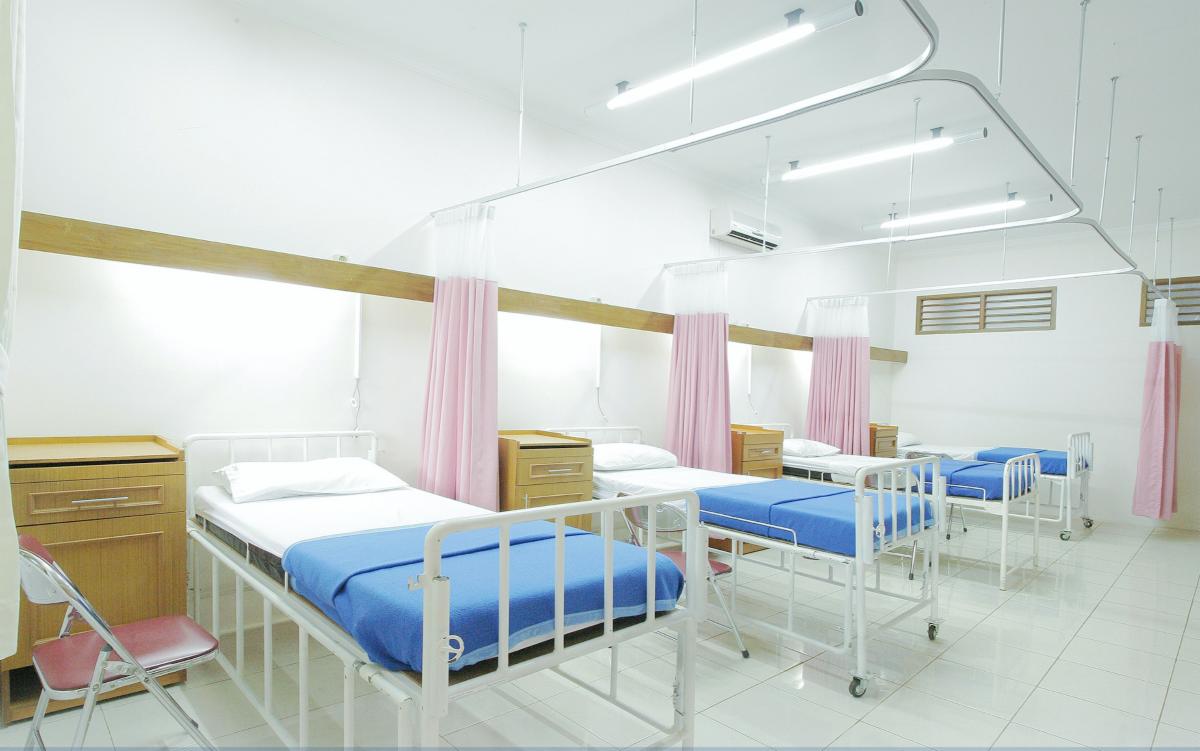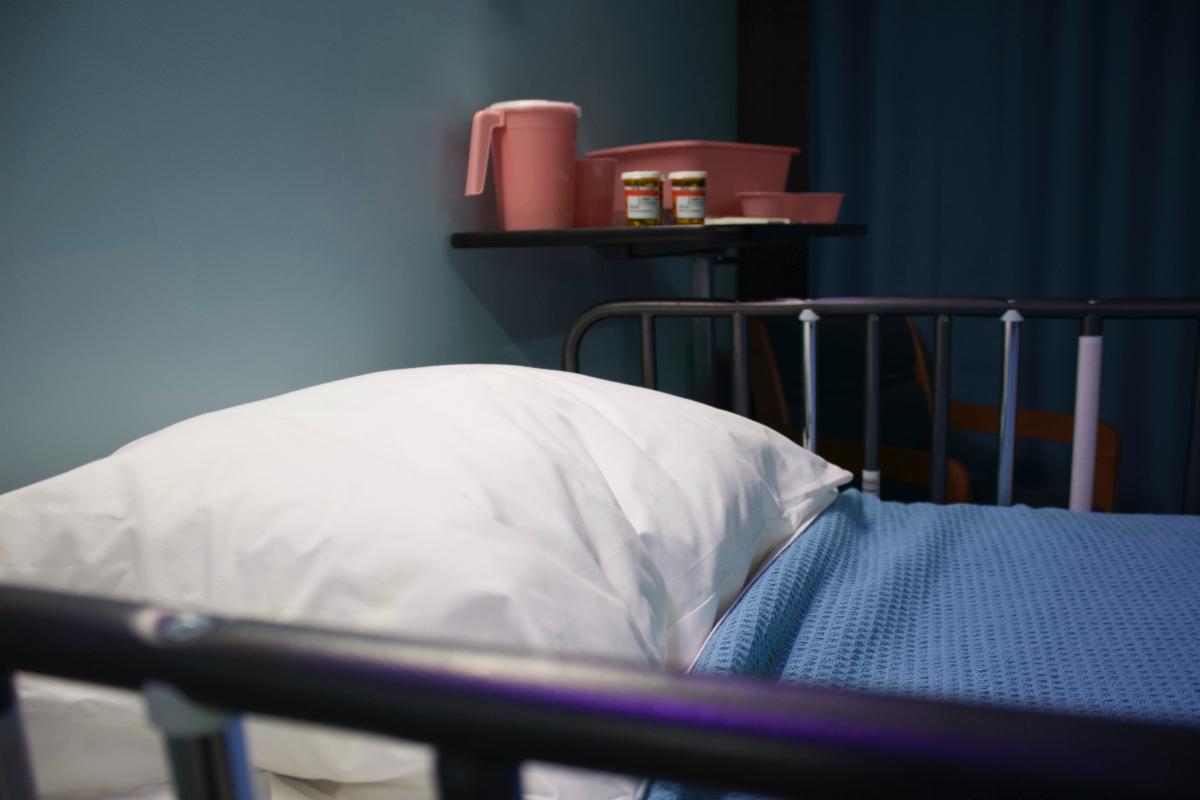RESEARCH WEEKLY: New research on mental illness behind bars
(Sept 29, 2016) The drumbeat of surveys, studies and statistics detailing the plight of individuals with serious mental illness in jails and prisons continued in the summer of 2016 with the publication of new publications from organizations examining the treatment of mentally ill and other disabled inmates.

Locked Up and Locked Down, a September 2016 study by the Amplifying Voices of Inmates with Disabilities (AVID) Prison Project, reports that an estimated 80,000 to 100,000 inmates in the United States are currently held in solitary confinement (also called “segregation” or “isolation”) – “placed in small single person cells for 22 – 24 hours per day, for days, if not months or years at a time.”
“Notably, many of those housed in segregation found their way there due to behaviors associated with a mental illness,” the AVID report says. Elsewhere, 30% – 40% of the inmate population in solitary confinement is estimated to be mentally ill, translating into at least 25,000 and as many as 40,000 individuals.
Devastating Conditions
For these inmates, the impact of confinement and isolation is “devastating,” according to Locked Up. Cut off from most forms of human contact and environmental stimulation, “inmates in segregation have little access to programming, services or treatment.” Mental health therapy and structured activities are typically not available to them, and treatment is likely to consist exclusively of prescriptions to psychotropic medications.
“For inmates with mental illness, these conditions can have a catastrophic impact,” author Anna Guy writes. “Inmates in segregation routinely report extreme sensory deprivation, sleep deprivation, psychiatric decompensation, hallucinations and behaviors relating to self-harm and even suicide.”
Epidemic Incareration
In Disabled Behind Bars, a July 2016 report by the Center for American Progress, author Rebecca Vallas details trends and consequences of “the mass incarceration of people with disabilities in America’s jails and prisons.” Among the findings:
- Inmates in state and federal prisons are nearly three times more likely to report having a disability than the non-incarcerated public; inmates in jails, more than four times.
- Mass incarceration of people with mental illness and other disabilities is “penny-wise and pound-foolish.” The study compares the $48,500 cost of jailing a mentally ill individual in Los Angeles County in 2014 with the $20,500 price tag for assertive community treatment and supportive housing.
- One-third to one-half of individuals killed during law enforcement encounters have disabilities.
- An epidemic of “unnecessary, excessive and even malicious force” against prisoners with mental health conditions has been found in US prisons and jails.
- Inmates with disabilities are particularly susceptible to sexual violence while incarcerated.
Mentally Ill Behind Bars
Although the federal government does not report the prevalence of mental illness in jails and prisons, at least 15% of prison inmates and 20% of jail inmates are believed to be mentally ill, with the prevalence much higher in some facilities. In our September 2016 background paper on the subject, we report that in 2014, the most recent year for which statistics are available:
- 744,600 inmates were in county and city jails in the United States. If 20% of these individuals had a serious mental illness, jail inmates with severe psychiatric disease in US jails numbered approximately 149,000 that year. The number has grown since then.
- 1,561,500 inmates were in state prisons. If 15% of them had a serious mental illness, state prison inmates with severe psychiatric disease numbered approximately 234,200 that year. The number has grown since then.
- Combining the estimated populations of jail and state prison inmates with serious mental illness produces an estimated population of 383,200 affected inmates. Since there are only approximately 38,000 beds remaining in state mental hospitals for mentally ill patients, approximately 10 times more individuals with serious mental illness are in jails and state prisons than in the remaining state mental hospitals.
References:
Guy, A. (8 September, 2016). Locked up and locked down: Segregation of inmates with mental illness. Amplifying Voices of Inmates with Disabilities Prison Project.
Vallas, R. (July 2016). Disabled behind bars: The mass incarceration of people with disabilities in America’s jails and prisons. Center for American Progress.
Treatment Advocacy Center. (September 2016). “Serious mental illness prevalence in jails and prisons.”
Torrey, E.F., et al. (April 2014). The treatment of persons with mental illness in prisons and jails: A state survey.
Fuller, D.A. et al. (June 2016). Going, going, gone: Trends and consequences of eliminating state psychiatric beds, 2016. Treatment Advocacy Center.










